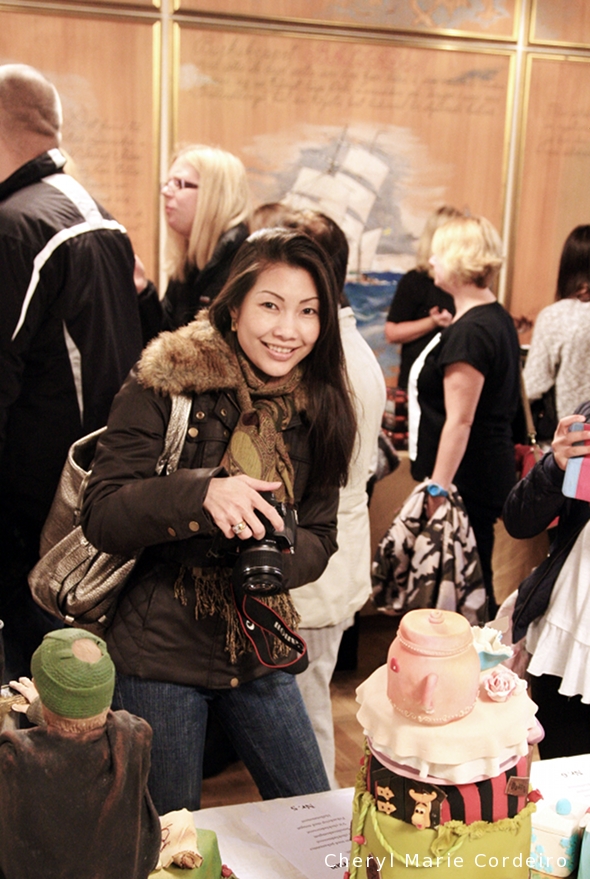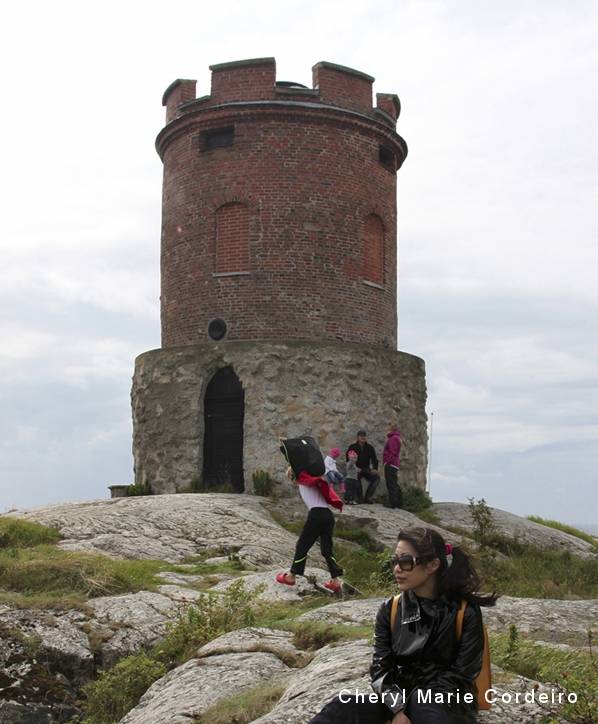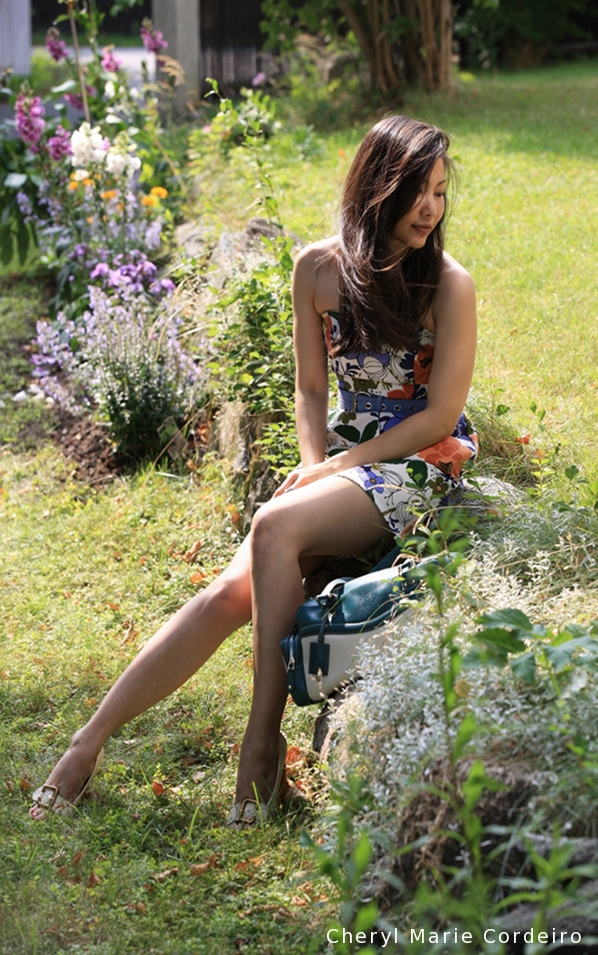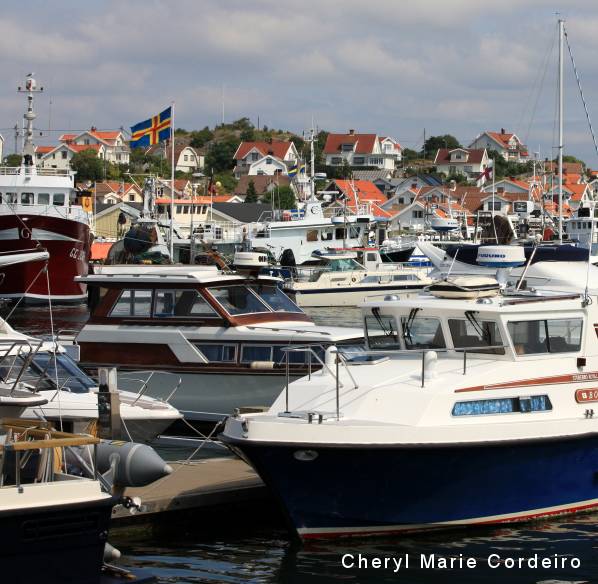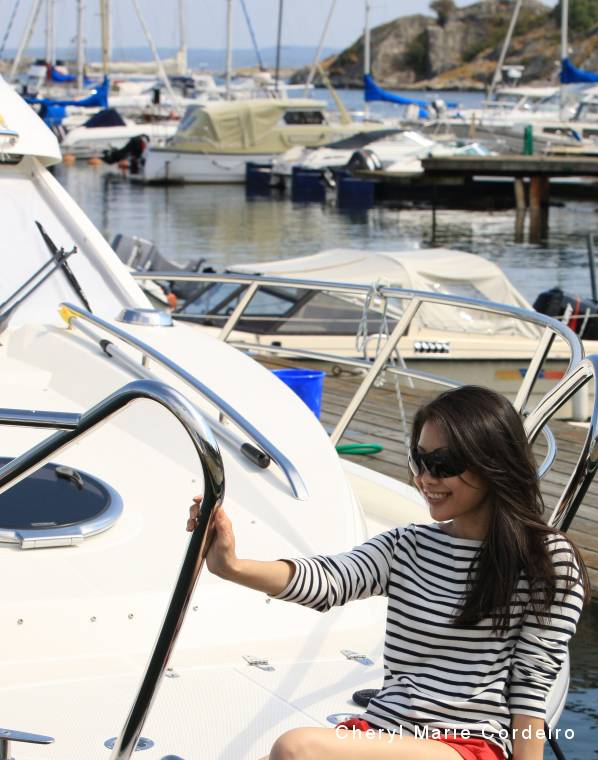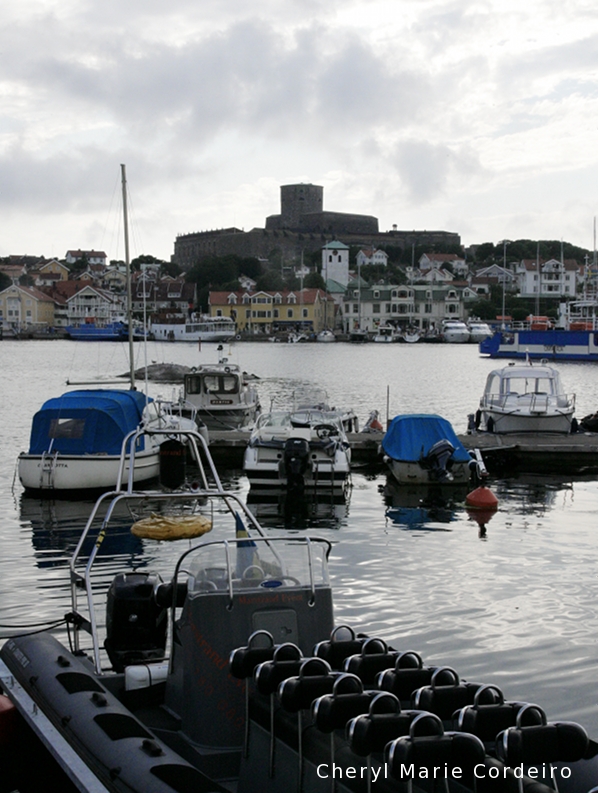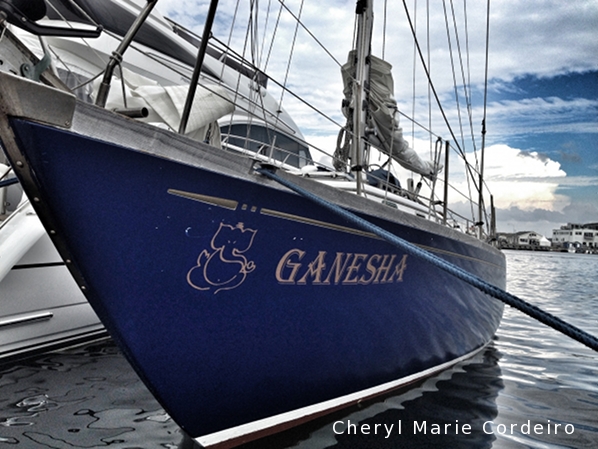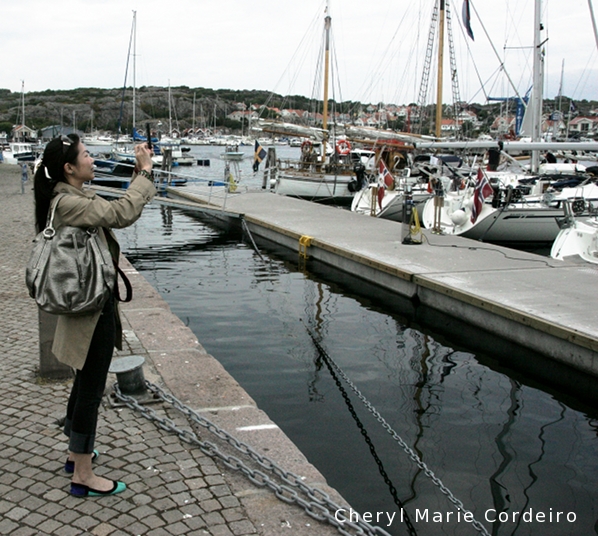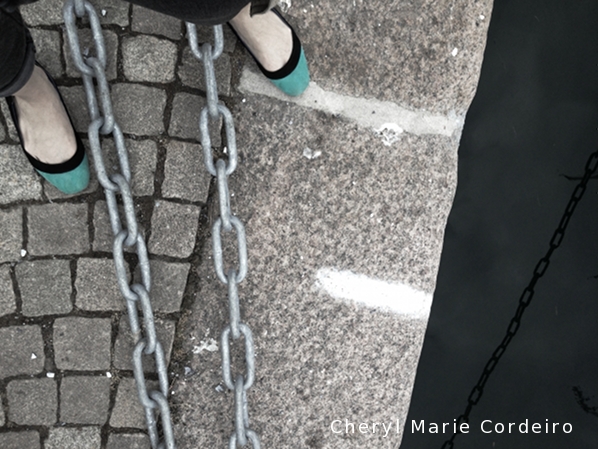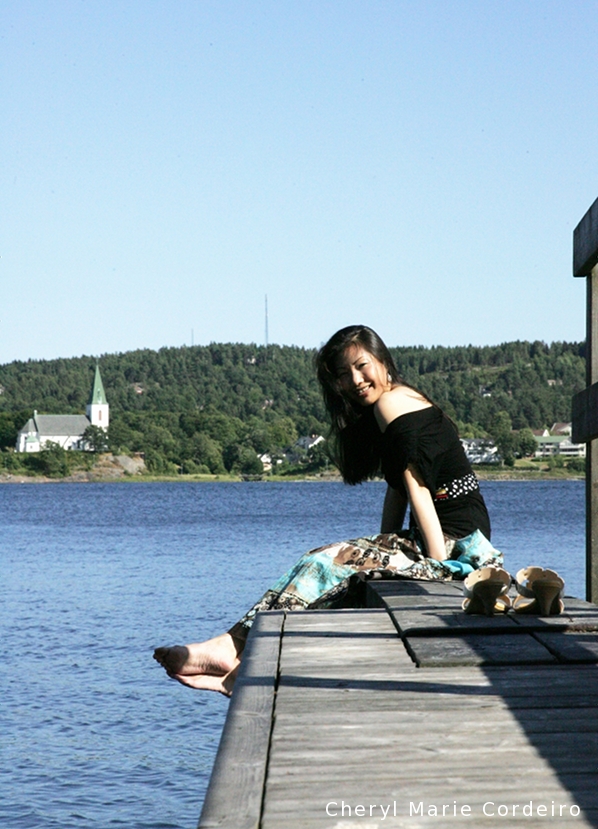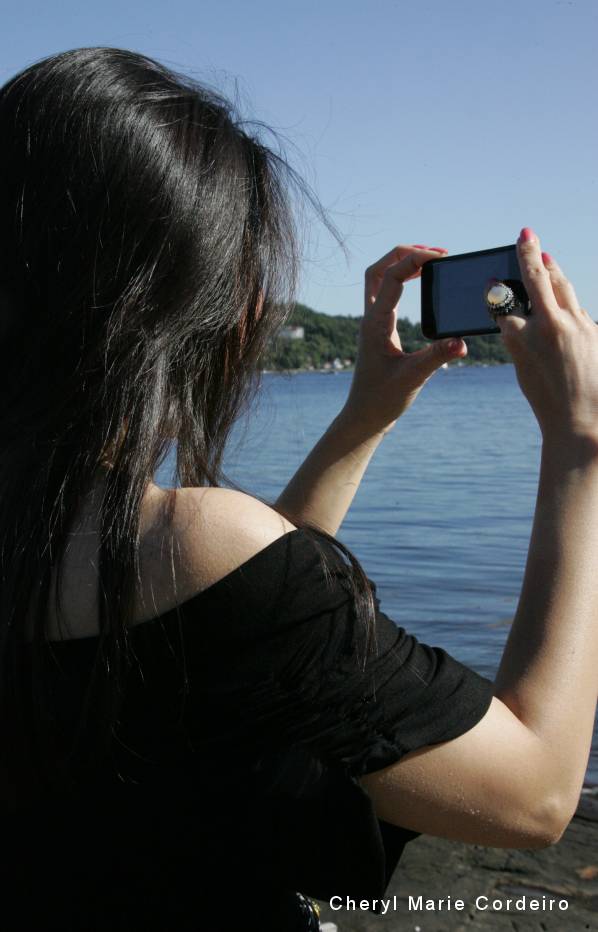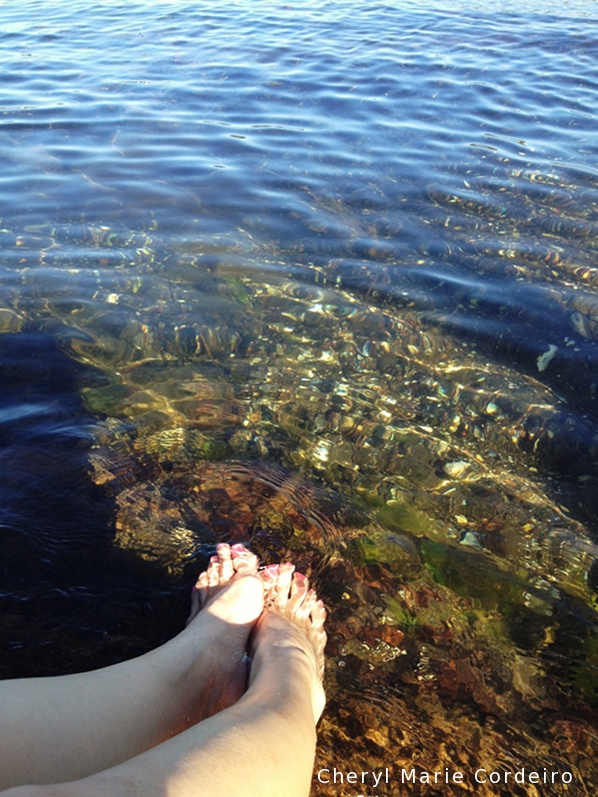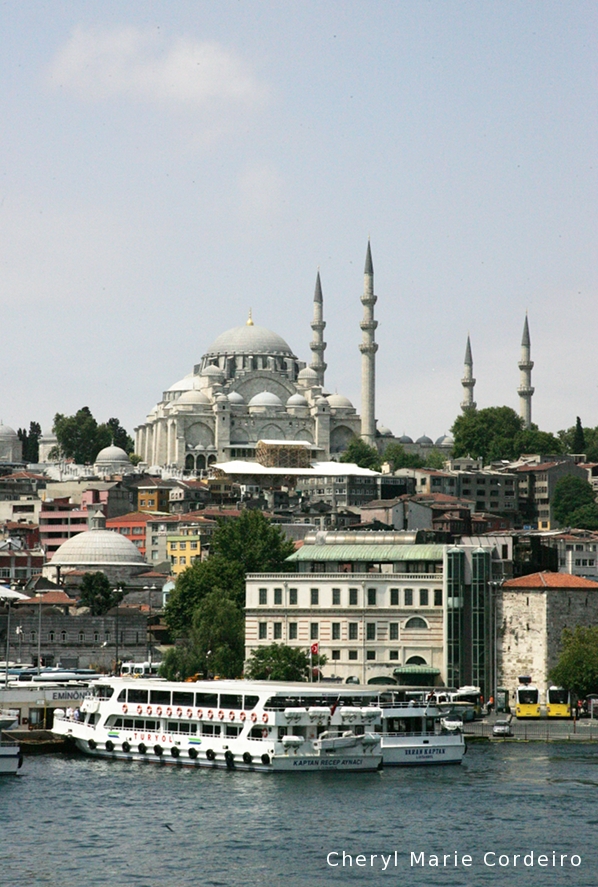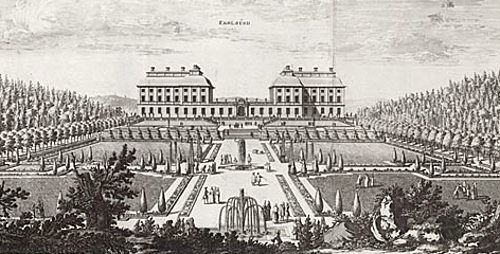
A copper engraving of the castle.
Text & Photo © JE Nilsson, CM Cordeiro 2013
North of Stockholm sits a grand and picturesque castle that was the residence of Princess Sophia of Sweden from 1578-1611. It is today in fact the only privately owned Royal castle in Sweden. It has a rich history that is best associated with Sweden’s King Gustaf III and his young Danish consort Sophia Magdalena. They lived in the castle during the 1700s enjoying a mostly carefree and happy life. From the 1300s the castle belonged to a succession of Swedish royalty that included Gustav Vasa, John III, King Gustav II Adolf and HSH Hereditary Prince Frederick, who eventually became Frederick I of Sweden and reigned at the time of the foundation of the Swedish East India company (1731-1813) who had their first ship ever sailing to China named after him i.e. – Fredericus Rex Svecia.
In 1917 the castle was acquired by a Swedish industrialist who eventually took a great interest in Chinese porcelain collecting in a circle of friends that included the then reigning King Gustaf VI Adolf and the then young arts historian professor Bo Gyllensvärd. The castle and its substantial porcelain collection was subsequently inherited by his children in 1967. The family settled in the castle trying the best they could turning it into a home. Today, the castle has been passed on to new owners and theatrical performances, weddings and other large banquets continue to be held at the location.
The castle and its grounds, having seen its fair share of social parties and crowds moving through its rooms, reverberated such energies that waxed and waned with time of day and seasons of the year. As with most castle grounds in Sweden, as night falls, the silence that encompasses those grounds become so deafening that the drop of a pin on a polished tabletop might come as a relief. But the castle grounds were seldom quiet, especially at night.
A while back when the castle was still a home and its grandeur silently lingering in private hands, after a long day and night of pleasant conversation on our common interest in Chinese porcelain, the topic eventually ventured over into the supernatural and the possibilities of this huge building housing some uninvited guests. “Well not really”, the hostess answered, “we don’t really think of any of it much. It is just kind of part of the house but incidentally, I hosted you all on our guest floor and was just curious if any of you experienced anything unusual this night?”
Continue reading “Reverberations of Royal summer parties at a Swedish 14th century castle”
